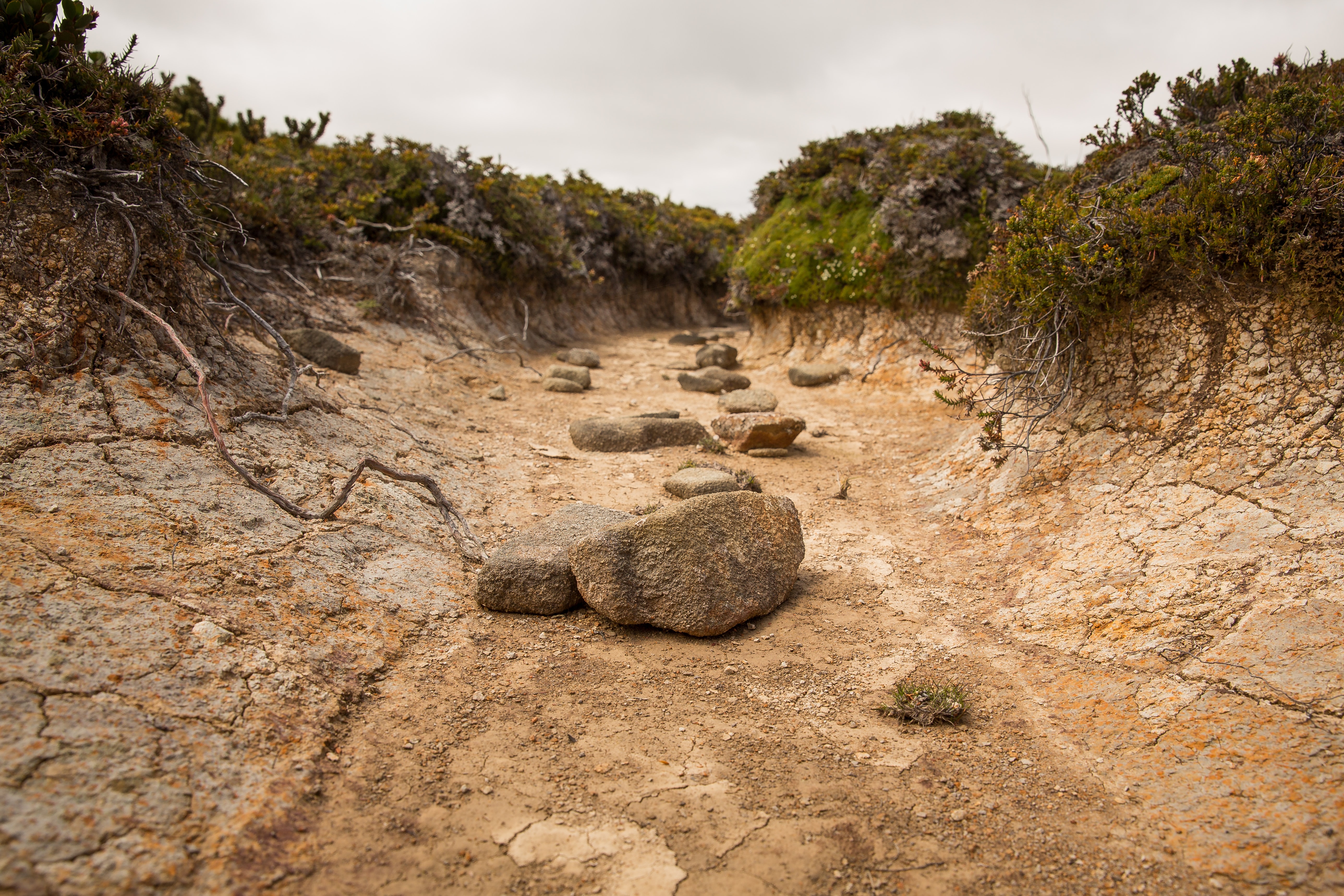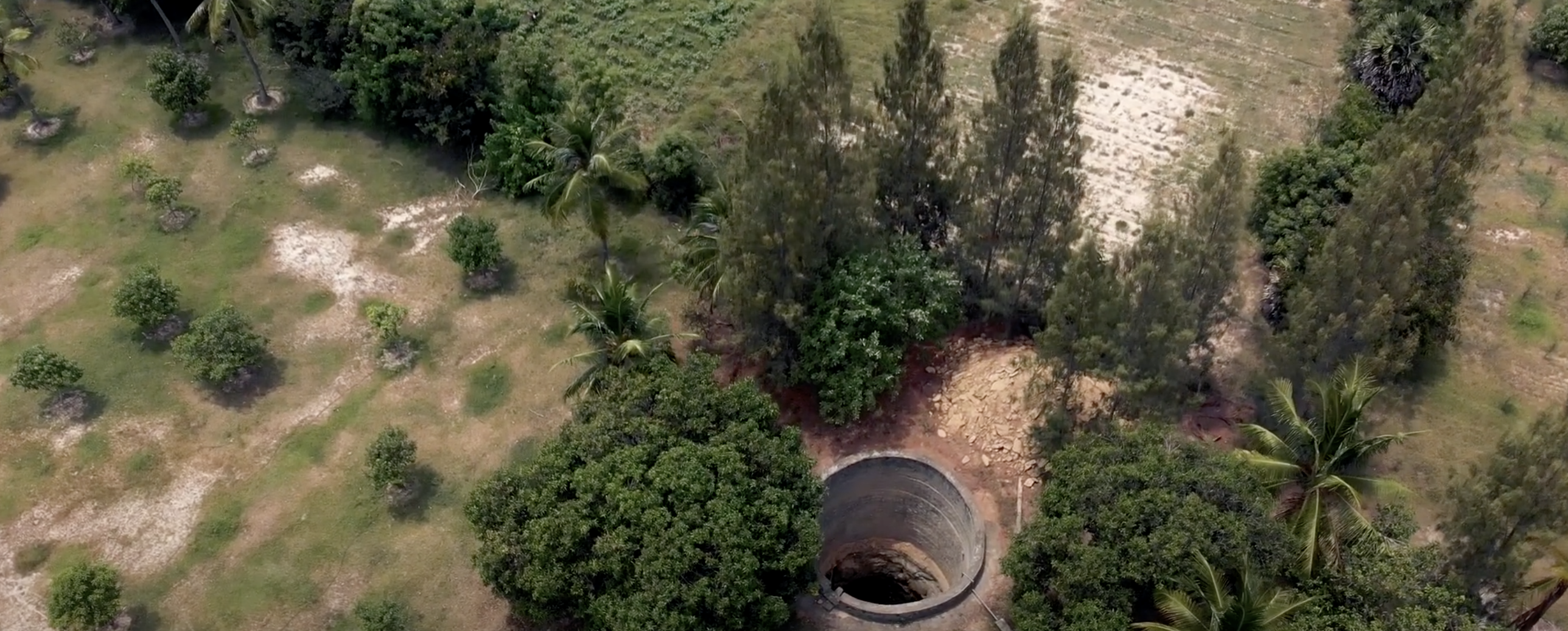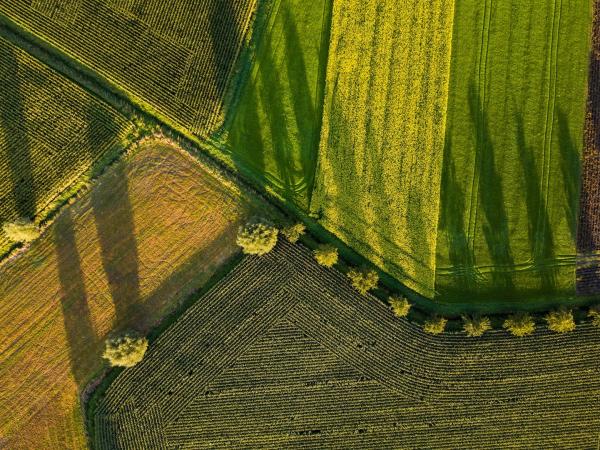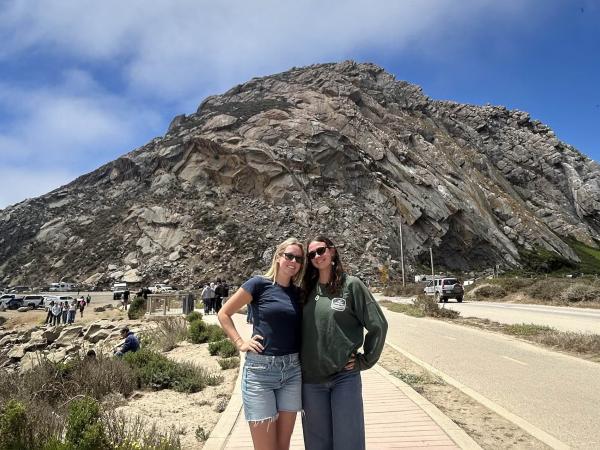
UC Santa Barbara assistant professors Debra Perrone and Scott Jasechko have compiled the most comprehensive assay of groundwater wells to date, spanning 40 countries that collectively account for half of all global groundwater pumping. Their study, the cover story of the April 23 edition of the journal Science, offers an unprecedented account of the world’s groundwater resources.
“We analyzed construction records for tens of millions of groundwater wells around the world,” said Jasechko, “and the big take home is that many wells are at risk of running dry.” Up to one in five wells in their survey, to be exact.
“These groundwater wells are used to withdraw water for household use or irrigation,” added Perrone, a faculty member in the Environmental Studies Program. “Our study is the first time that groundwater wells and water level observations have been stitched together like this, providing local insights at the global scale.”
Reaching these conclusions required the better part of six years’ work by Perrone and Jasechko. The researchers culled their data from more than 100 unique databases around the world, sometimes in different formats and languages.
The first step involved compiling roughly 39 million records of functional groundwater wells that included depth, purpose, location and construction date. Rather than delegate processing the data to an algorithm or AI, the researchers carefully went through tidying it up manually. “We wanted to be sure we understood the limitations and nuances for each database we analyzed,” Jasechko said.
With the data sorted, the authors compared the depths of local water tables against well depths. They found that 6 to 20% of the wells in their global sample were at risk of running dry if water levels continue to decline by just a few meters. They sought to find trends in the depths of new wells compared to existing wells in a given area from 1950 through 2015. While newer wells tended to be deeper than older ones, the trend was not ubiquitous, they said. Functional wells were not getting substantially deeper in many of the areas they surveyed.

The researchers then pulled data from roughly 1.1 million monitoring wells, which provide measurements of groundwater levels and conditions. These records supplied not only an account of where the water table lay, but also how much it fluctuated over the course of the year. Seasonal variation, they found, was typically within one meter.
By comparing depth trends to measurements from nearby monitoring wells, Perrone and Jasechko could also deduce how close functional wells were to drying out. They found that in many areas groundwater levels are declining, yet new wells are not being drilled deeper to keep pace with the falling water table. Since wells aren’t getting substantially deeper in many areas, newer wells are at least as vulnerable as older wells should groundwater levels continue to decline.
The two researchers also availed themselves of data from NASA’s GRACE mission. The pair of GRACE satellites detect small differences in the Earth’s gravitational field as they orbit the planet. This provided Perrone and Jasechko with information about groundwater reserves for regions where data from monitoring wells is limited.
Groundwater sustainability is a complex issue with a lot of considerations and tradeoffs, the authors acknowledged. Deciding on a course of action won’t be easy, but compiling and analyzing large datasets like this are a critical first-step in tackling the challenge. “With these data, we can make more informed management decisions to help us use groundwater sustainably,” Perrone said.
Read the full story at The UCSB Current.




